Click to view our Accessibility Statement or contact us with accessibility-related questions


Showing 1 of 17 conversations about:
Calaverasgrande
1486
Jul 14, 2018
bookmark_border

amb3cog
90
Jul 15, 2018
bookmark_border
CalaverasgrandeThat's not how it works. It's PWM, not PWPS. PWM is pulse width MODULATION. Not pulse width POWER SUPPLY. The PWM is the modulator. Not the power supply. They're two different things. Yes class D is a switching amplifier, and yes many use SMPS (switching mode power supplies), but they can and do also use linear power supplies. Both can be good, and either can be bad. It's all in the implementation. Normally if you buy a class D amp that requires a wall wart, or external power supply. You want to use a SMPS, because linear can cause ripple issues. But when designing your own amp. You can take care of that issue easily enough. So yes this is a linear power supply on a class D amp, but that's not necessarily a great thing. Nor is it a bad thing.
justinulysses
35
Dec 24, 2019
bookmark_border
amb3cogSo it's a class D amp run off a linear power supply? I'd love to hear the marketing bs fabricated to justify something so dumb. Except I really wouldn't.



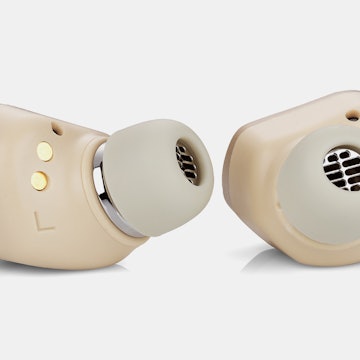
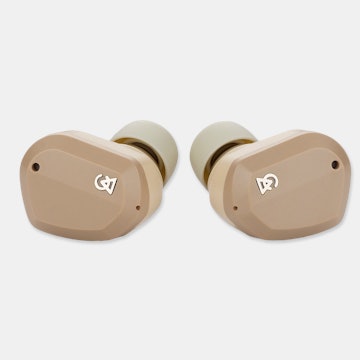



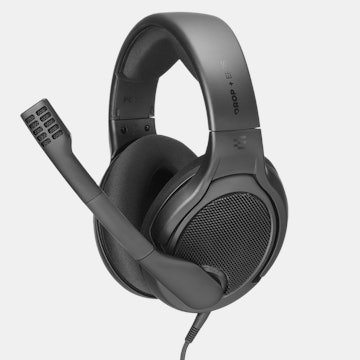
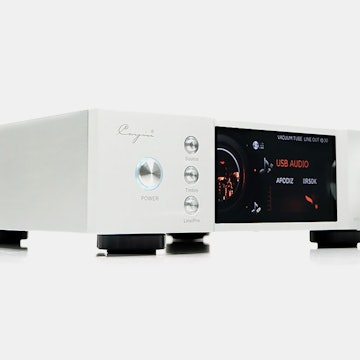
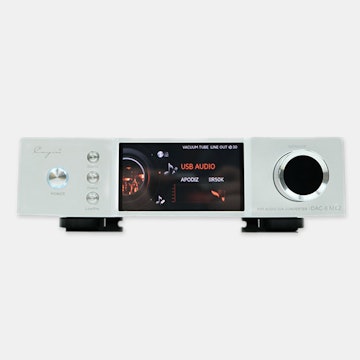






The confusing bit is the reference to 'linear power supply support'? Class D/T have PWM power supplies. It's the defining characteristic. Linear and PWM power supplies are mutually exclusive.